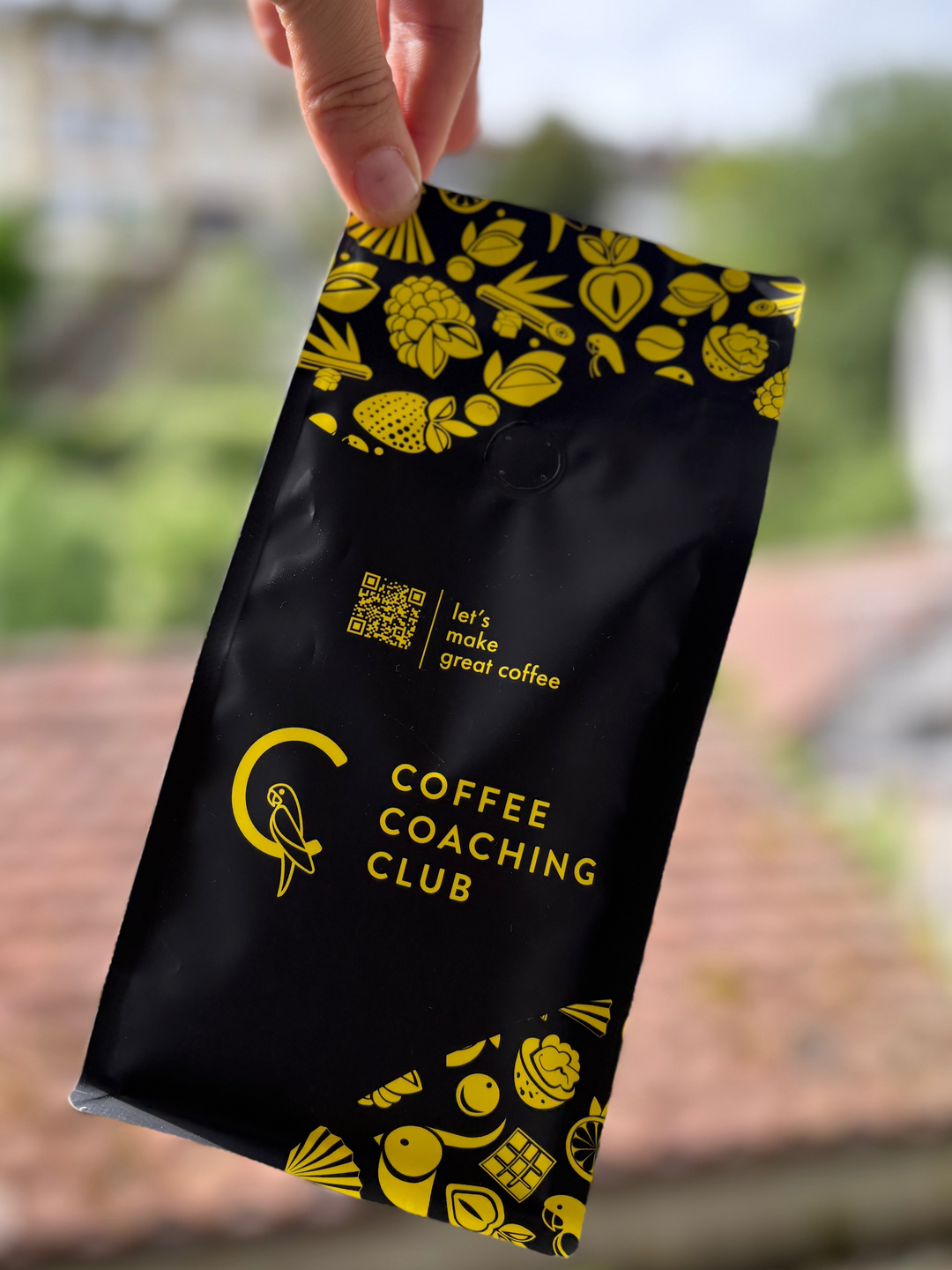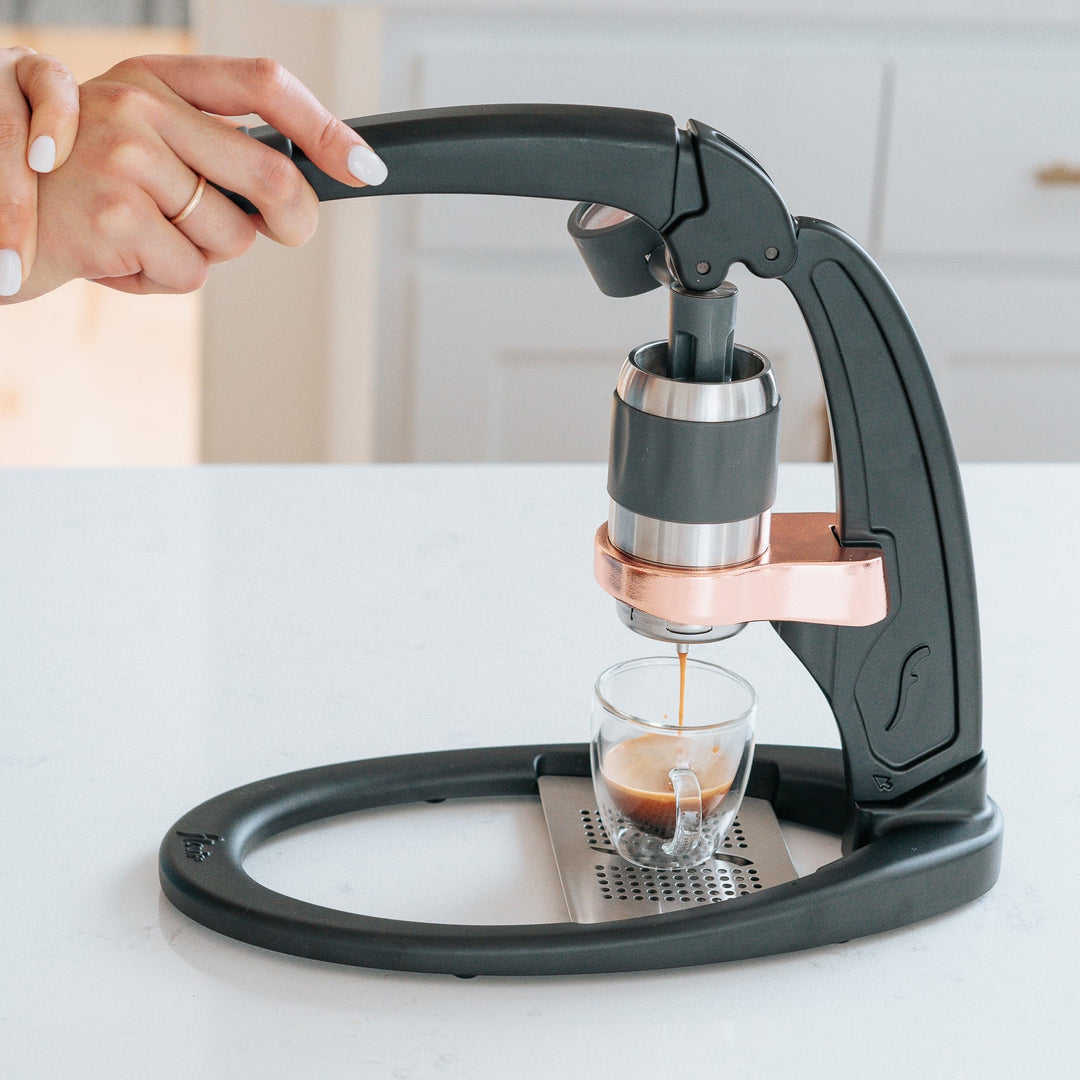The cappuccino: A harmonious interplay of espresso and milk and the role of milk alternatives
The cappuccino: A harmonious interplay of espresso and milk and the role of milk alternatives
Title: The Fascinating Genesis of the Cappuccino: A Look at Its Roots and Influence
The history of the cappuccino is as rich and aromatic as the coffee itself. Composed of espresso, hot milk and frothed milk, this drink takes its name from the Capuchin friars - or "cappuccini" - of Italy. But how did it come about and how did the cappuccino revolutionize the world of coffee drinks?
The history of cappuccino begins in the 16th century when espresso first appeared in Italy. Nevertheless, several centuries had to pass before the cappuccino as we know it today actually came into being. The decisive advance came with the invention of the espresso machine and the steam nozzle, which made it possible to froth milk.
The term "cappuccino" was first used in Italy in the 1930s, based on the color of the Capuchin monks' robes. It is believed that the contrast between the dark espresso and the frothed milk evoked the color of the monks' robes and pale faces.
The cappuccino quickly became an important part of Italian coffee culture. Traditionally, it is enjoyed at breakfast, often accompanied by a sweet pastry. The cappuccino is an art in itself, with the perfect ratio of espresso, milk and froth forming the basis for this iconic drink.
In the 1980s and 90s, with the global spread of coffee houses, the popularity of cappuccino increased worldwide. It became a symbol of the growing enthusiasm for espresso drinks and specialized coffee preparations.
Today the cappuccino is more than just a coffee drink. Representing the history and culture that shaped it, it is a testament of creativity and passion that flows into every cup. From the sidewalk cafes of Rome to the trendy coffee shops of Melbourne, cappuccino remains an integral part of global coffee culture.
The story of the cappuccino is a testament to the transformative power of coffee and its ability to connect cultures and change the way we experience and enjoy coffee. It is a testament to the continuous development and innovation in the world of coffee.
A cappuccino is more than just a cup of coffee. It is a harmonious symbiosis of intense espresso, creamy milk and delicate milk froth. It is a classic that is on every coffee menu and can be found in every coffee culture. But what makes a good cappuccino? And how do milk alternatives fit into this traditional picture?
The cappuccino begins with a shot of espresso, which forms the strong foundation. Hot, frothed milk follows, giving the whole thing a creamy mouthfeel and smooth taste. The final touch of milk froth not only provides the perfect surface for baristas to show off their latte art skills, but also adds a slight sweetness that perfectly balances the dark notes of the espresso.
But with the rise of lactose intolerance, vegan lifestyles and general health awareness, traditional dairy is no longer the only option for a cappuccino. Dairy alternatives like almond milk, soy milk, oat milk or coconut milk have become the norm in many cafes and homes.
The key is choosing the right milk alternative for your cappuccino. Each has their own unique properties and flavor profiles. Soy milk, for example, foams well and has a mild flavor that doesn't overwhelm the espresso. Almond milk, on the other hand, has a slightly nutty note that can harmonize well with the roasted notes of the coffee. Oat milk is known for its creamy texture and natural sweetness, which makes cappuccinos extra delicious.
Using milk alternatives in cappuccino is not just a matter of personal preference or dietary choices. It's also a way to enhance and personalize the flavor and overall experience of your cappuccino.
In a world where individuality and choice are increasingly important, the integration of milk alternatives into the classic cappuccino offers a wonderful opportunity to personalize your coffee while discovering new taste experiences. So the cappuccino remains a timeless classic that can keep up with changing times and tastes.






